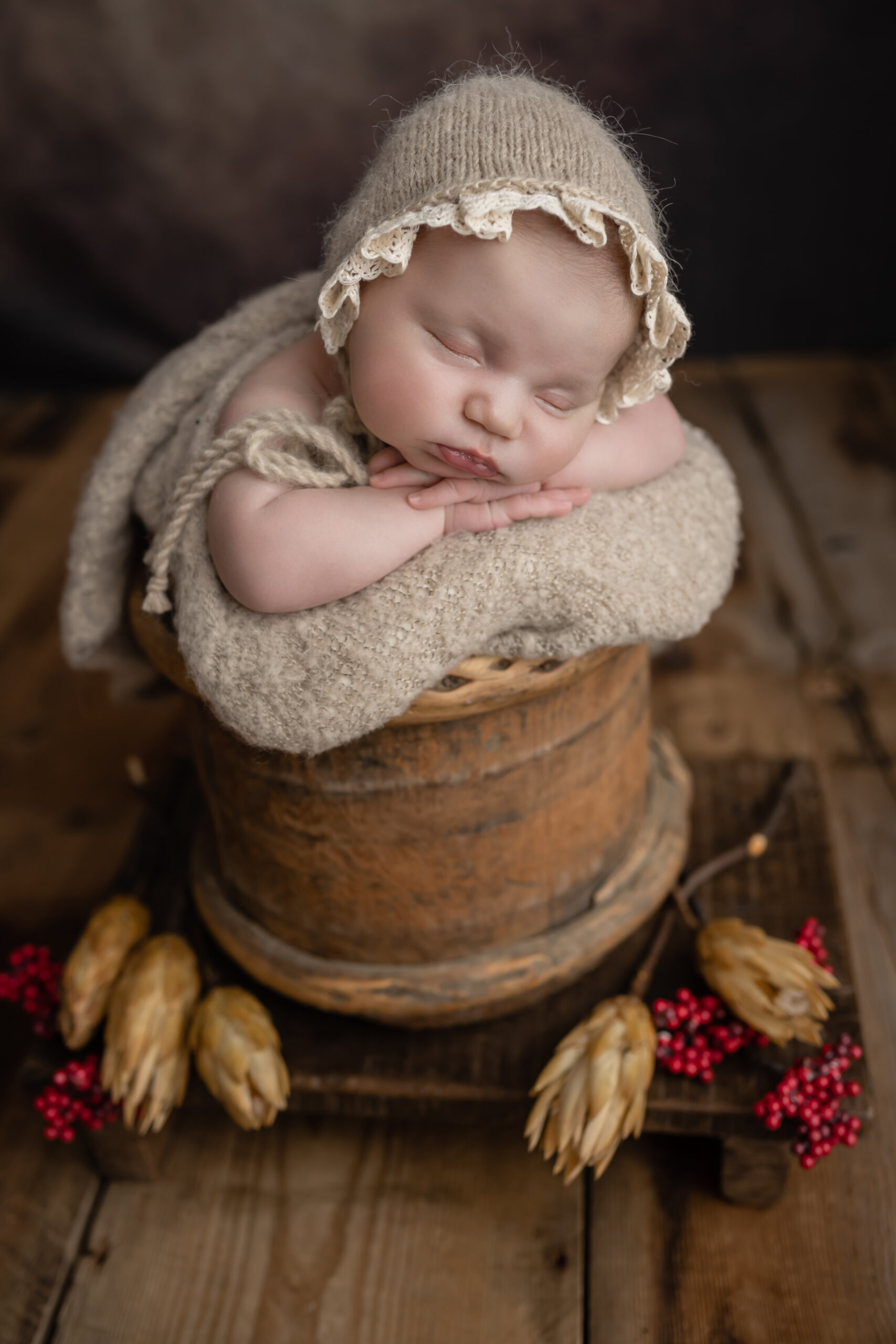A Comprehensive Guide for Parents: Baby Wearing a Hat While Sleeping
Hey there, amazing parents! It’s truly wonderful to have you here. If there’s one thing we can wholeheartedly agree on, it’s that we all want the absolute best for our bundles of joy. One question parents commonly ask is if it’s safe for our little cuties to wear hats while they’re lost in dreamland. Let’s dive into the nitty-gritty details to get your important question answered.
Understanding the Need for Warmth
To begin with, let’s not forget the reason why you might even consider putting a hat on your baby while they’re sleeping. Those tiny heads lose heat rapidly – not a surprise considering their sizable proportion in comparison to their small bodies. Hats serve as a simple solution to maintain their precious body heat. But, is this solution safe at all times – even when they are sleeping? Let’s explore!
The Newborn Stage
It’s understandable that you’d want your little newborn to stay warm and cozy at all times, and those adorable hats seem like a perfect choice, right? However, when it comes to donning a hat to bed, it’s best saved for the hospital stay immediately after birth.
Beyond the Newborn Stage
Once you’ve brought your bundle of joy home, you might be tempted to keep the hat routine going, especially when you see them snoozing so peacefully with it on. But we’ve got important facts and figures for you to keep in mind before you make this decision.
And that’s just the tip of the iceberg! We’ve got loads more to share on this essential topic, all aimed at helping you create the best and safest environment for your baby. Keep reading to unveil more helpful insights and tips!

Credit: Pexels
The Importance of Regulating Baby’s Body Temperature
We all adore those adorable sleeping-baby-in-a-hat photos! However, relying on a hat as the primary means of keeping your baby warm throughout the night isn’t the best approach. Here’s why.
Overheating Risks
As counterintuitive as it might sound, hats may lead to overheating. When this occurs, your baby’s body works extra hard trying to cool down, which could lead to dehydration and even Sudden Infant Death Syndrome (SIDS). Therefore, it’s crucial to be aware of the signs of overheating like sweating, red cheeks, or fast breathing.
Potential Choking Hazard
While it’s rare, hats can slip over your baby’s face during sleep, creating a suffocation risk. Since their motor skills are not yet developed, they cannot remove the hat themselves, making it a potential danger.
Best Practices for Baby’s Sleep
So, hats aren’t ideal for sleeping, but don’t stress! There are great alternatives to ensure your little one is just as snug and warm.
Dressing for the Temperature
Dress your baby in layers to regulate their body temperature effectively. As a guide, they should wear one additional layer than you to be comfortable. A too-hot or too-cold room can disrupt babies’ sleep, so keeping the room between 68-72 degrees Fahrenheit (20-22.2 degrees Celsius) is ideal.
Using a Sleep Sack
Sleep sacks, wearable blankets, are an excellent alternative to hats and loose traditional blankets. They keep your baby warm without posing any risks of overheating or suffocation.
Wrapping It Up
Babies, being the adorable little beings they are, undoubtedly look cute wearing hats! But when it comes to their sleeping time, a safer approach is the way to go, leaving hats for the waking hours and chilly outdoor adventures. Remember, their safety and comfort are what matters most. Embrace the best practices, and here’s to many peaceful, cozy, and safe slumber sessions for your precious little one!
Preparing for Baby Wearing Hat While Sleeping: 5 Essential Tips for Parents
As a parent, prioritizing your baby’s safety and comfort is vital especially when it comes to their bedtime routine. Baby hats can sometimes be a part of this routine. Let’s explore five key things you should know about preparing for your baby to wear a hat while sleeping.
1. Suitable Hat Material
Firstly, choose a hat made from a breathable, soft material like organic cotton or bamboo rayon. These materials prevent overheating, ensure comfort, and are gentle on your baby’s sensitive skin.
2. Proper Fit
Secondly, the baby’s hat should fit properly. Too tight, it could be uncomfortable or interfere with circulation. Too loose, it might slip over their eyes or off their head entirely. Make sure the hat fits snugly, but comfortably.
3. Safety First
Although wearing a hat can make your baby feel cozy, safety should always come first. According to the American Academy of Pediatrics, it is usually unnecessary and could potentially increase the risk of Sudden Infant Death Syndrome (SIDS). Unless recommended by a pediatrician for specific reasons like controlling body temperature immediately after birth or in a very cold climate, it’s best to avoid it.
4. Regular Checking
If your pediatrician recommends your newborn wears a hat while sleeping, regularly check the baby to ensure they’re not overheating and the hat hasn’t shifted position during sleep.
5. Easy Washing Routine
Finally, baby hats need to be washed regularly as they can quickly accumulate sweat and other residues. Choose a hat that is machine washable and can withstand frequent washing.
Remember, always put your baby’s safety and comfort first. Consult with your baby’s pediatrician if you have any questions or concerns about your baby wearing a hat while sleeping.
For more great articles please see here. For more information on raising children see here
Disclaimer
The articles available via our website provide general information only and we strongly urge readers to exercise caution and conduct their own thorough research and fact-checking. The information presented should not be taken as absolute truth, and, to the maximum extent permitted by law, we will not be held liable for any inaccuracies or errors in the content. It is essential for individuals to independently verify and validate the information before making any decisions or taking any actions based on the articles.




